Scutellinia scutellata
Scientific name: Scutellinia scutellata (L.) Lambotte
Derivation of name: Scut refers to a "shield" or "flat disc"
with Scutellinia meaning "shaped like little shields."
Scutellata carries the same meaning.
Synonyms: Peziza scutellata L.:Fr.; Patella scutellata
(L.) Morgan
Common name(s): Eyelash cup; Molly eye-winker.
Phylum: Ascomycota
Order: Pezizales
Family: Pyronemataceae
Occurrence on wood substrate: Saprobic; solitary or
clustered on damp soil and well-decayed (and damp)
wood; spring through fall
Dimensions: The stalkless, saucer-shaped cups are 3-20
mm wide.
Sterile outer surface: Orange or pale brown; covered by
long, stiff brown to black hairs which form a fringe on
the
rim of the cup. Usually, at least some of these
marginal
hairs are longer than 1 mm.
Fertile inner surface: Red to orange-red to orange,
smooth.
Edibility:
Inedible.
Comments:
There are a number of Scutellinia species in
northeastern North America. The identification of the
specimens pictured here as S. scutellata was based solely
on large size, red to orange-red coloration, and growth on
wood. However, real certainty requires microscopic
examination of spores and close examination and
measurement of the
"eyelashes." For example,
S. pennsylvanica is similar to S. scutellata but lacks hairs
on the underside of the cup
and
has distinctively different
spores.
Although species
identification may not be
certain
without microscopic observations, macroscopic
observations will clearly place specimens such as those
pictured here in the genus Scutellinia.
More information at MushroomExpert.com:
More information at TomVolkFungi.net:
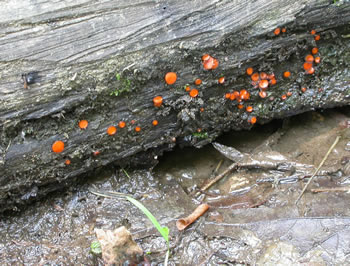
Figure 1. Eyelash cups growing on wet wood, a common
habitat. Photo © Gary Emberger.
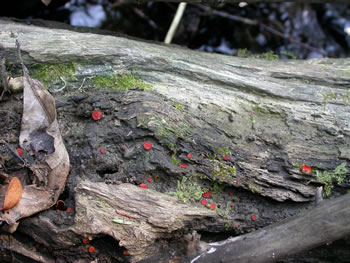
Figure 2. Another view of the fungus on wet wood. Even
though small, the bright red color makes it easy to spot.
Photo © Gary Emberger.
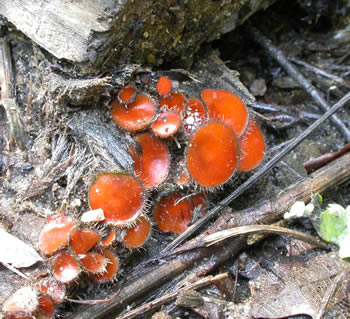
Figure 3. Scutellinia scutellata often grows in clusters.
When
you look close, you can see the fringe of black
hairs ("eye
lashes") around the rim of the cup.
Photo © Gary
Emberger.
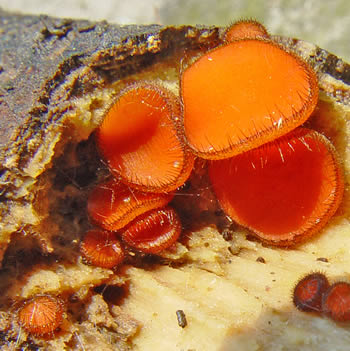
Figure 4. Under a hand lens, the eyelash cup is always a
beautiful
sight and a joy to find. Photo © David Work.
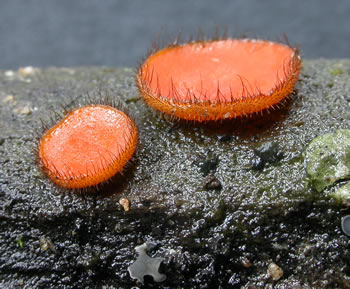
Figure 5. This photograph shows evidence of hairs on
the underside of the cap, a feature not found in the
closely related species S. pennsylvanica.
Photo © Gary Emberger.